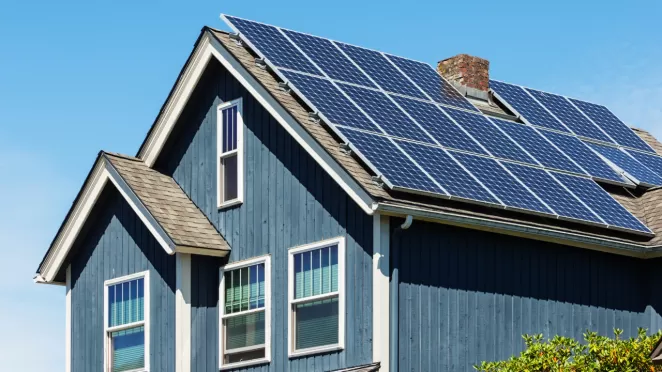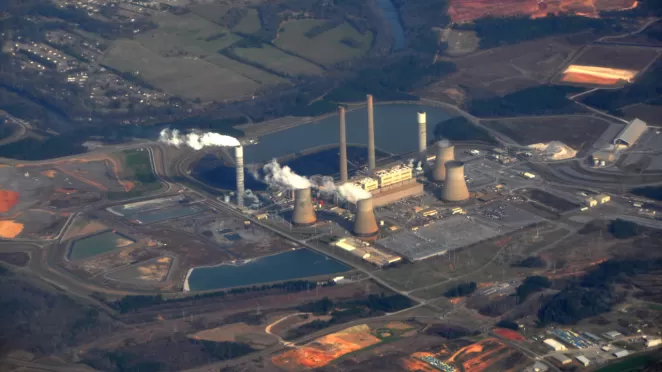Federal Funds for Local Climate Action
How states, towns and more are capitalizing on federal funds for climate projects
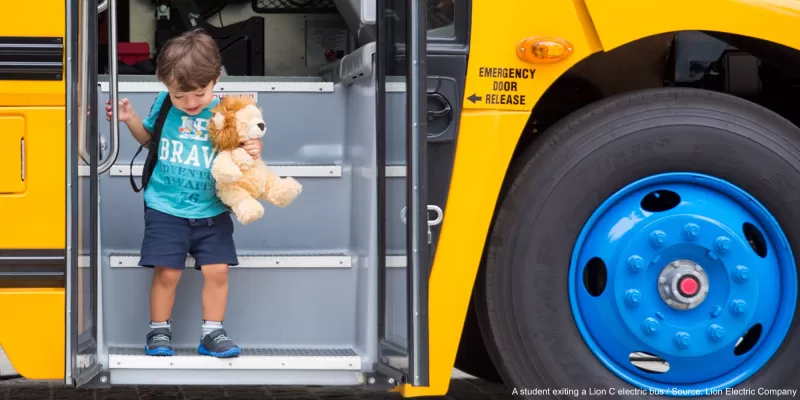
The Inflation Reduction Act, the largest investment in clean energy and climate solutions in American history, was designed to empower individual people, towns, cities, organizations, states and other local actors to implement climate solutions in the ways that work best for their communities.
At this moment, the value of local action to scale up clean energy, transition to less pollutive forms of transportation, and invest in healthier homes and buildings cannot be overstated, especially as we race to reach our climate goals by 2030. America is All In’s new Beyond 50 report shows that— if local stakeholders implement recent federal policy to its fullest potential— the US can achieve our climate goals, while boosting our economy, saving people money, and making us more resilient to future economic and climate uncertainty.
To show what’s possible and provide optimism in the face of the often daunting climate challenge, America is All In is highlighting six innovative projects and initiatives that show how recent federal policy can foster creativity and deliver progress toward our climate goals:
1. One rural community in Illinois is showing the power of justice-focused, cost-saving climate action.
The Pembroke-Hopkins Park Energy Efficiency Pilot (PEEP), a product of a partnership between the Community Development Corporation of Pembroke and Hopkins Park, RMI, the Midwest Building Decarbonization Coalition, ComEd, the Environmental Protection Agency, and the Department of Energy, is focused on reducing carbon emissions, indoor air pollution, and energy costs through energy efficiency upgrades and replacing old appliances with efficient electric ones.
A benefactor from the PEEP project, Azizah Ashraf-Ali, is already seeing a major impact on her day-to-day life via new appliances and energy savings. After the upgrades, the air leakage in her house decreased by 30 percent.
“I used to pay about $60 or $70 a month for electricity, and my last bill was only $45,” said Ashraf-Ali.
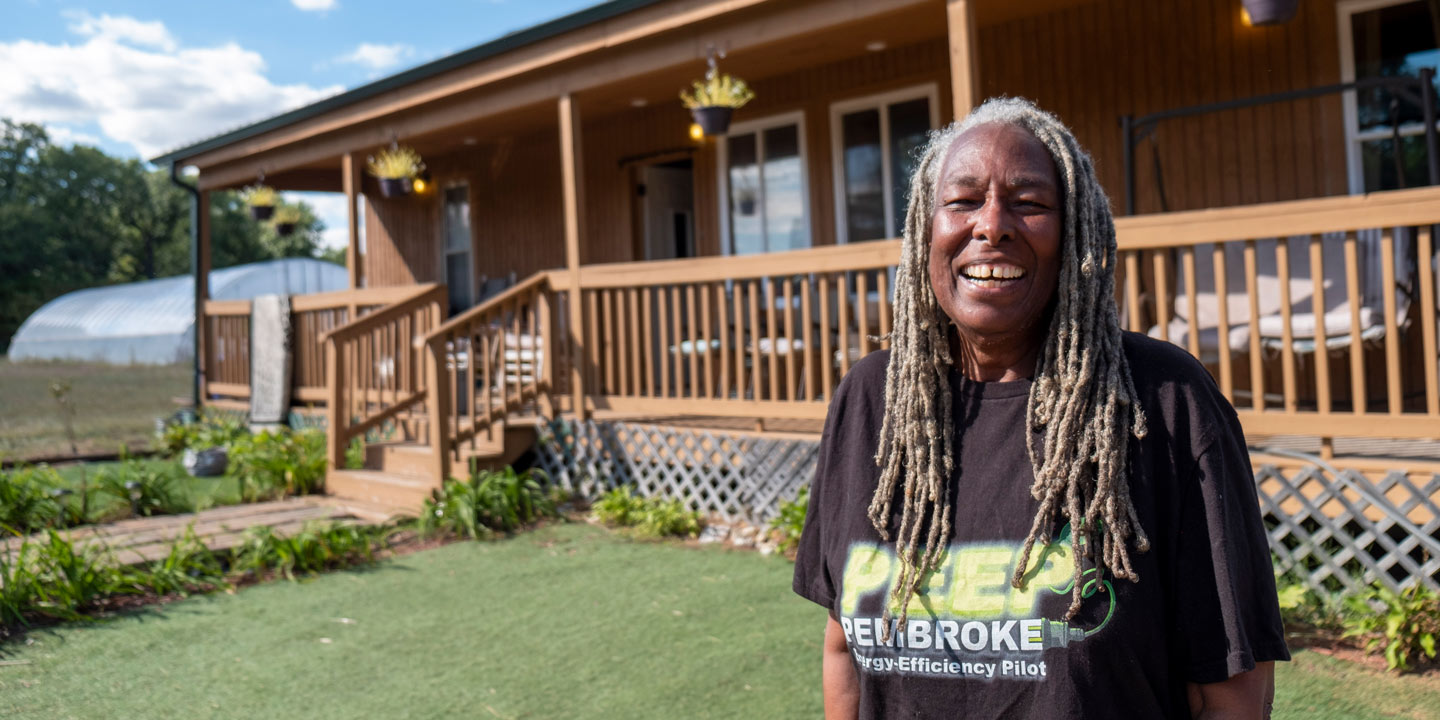
The PEEP project not only provided her with a new porch roof, seven new windows, and a heat pump, but also changed out her propane stove for an electric induction stove. “I love the induction stove,” she says. “It cooks much faster, I can make my tea in an instant.”
America is All In’s new analysis shows that making the clean energy economy equitable will require wider access to clean and efficient buildings and appliances, and prioritizing programs that, like PEEP, are affordable for low-income and minority communities.
2. Minnesota’s acclaimed land grant university is using its top-notch research to inform its own sustainability practices and achieve emissions reductions.
Over the past decade, the University of Minnesota has made its support of renewable energy plain by investing in solar through utility-operated clean energy programs and on-campus solar installations. By improving building efficiency and generating energy through a relatively new combined heat and power plant, the University has reduced its greenhouse gas emissions by at least 39 percent over the past 11 years.
Beyond targeting the campus’s energy consumption, the University relies on research by scientists, architects, and policy experts to develop pathways to green the state and country’s power infrastructure. The University has also installed two megawatts of solar panels on the Twin Cities campus in both Minneapolis and St. Paul at nine locations.
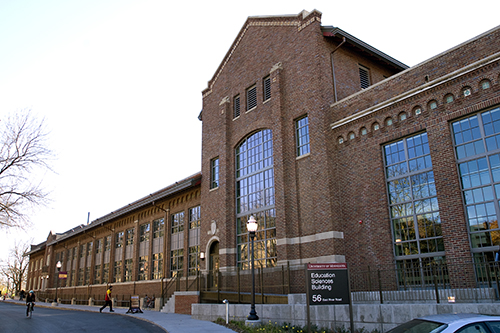
3. A small business in Bellingham, Washington— a community that is facing more extreme climate-fueled fires— is showing residents that a healthy environment and resilience to extreme weather go hand-in-hand.
For Chuckanut Builders—a small business that does home upgrades to improve energy efficiency— their successful business model was born out of strong purpose and value. The company saw an acute need for builders focused on high quality, high performance buildings that could provide resilience and durability in the face of the region’s increasing extreme weather realities. In the northernmost part of the Pacific Northwest, Bellingham is grappling with more frequent climate-fueled fires and their aftermath, including health-damaging smoke that’s harming the community’s air quality and even seeping into homes.
“While not everybody is environmentally-motivated and trying to get gas out of their home for the sake of the climate, people do care that these decisions impact their health and their children's health,” said Jenny Rae, Communications Director for Chuckanut Builders.
By taking advantage of historic levels of federal funding in the Inflation Reduction Act and the Infrastructure Investment and Jobs Act, states can follow the good work being done by businesses like Chuckunut. In particular, All In analysis shows states should focus on strengthening their residential and commercial building codes to support stronger energy efficiency and a pathway toward electrification in buildings and homes.
4. A Massachusetts children’s museum is operating its facility with 100% solar energy and giving its “extra” clean energy to a handful of other mission-oriented organizations.
Discovery Museum, a children’s museum in Acton, Massachusetts, is now generating 100% of its electricity on site from solar sources. Their oversized arrays are producing excess energy too— allowing the museum to send 50% of the energy produced to five other nonprofit organizations that otherwise would not have access to renewable energy.
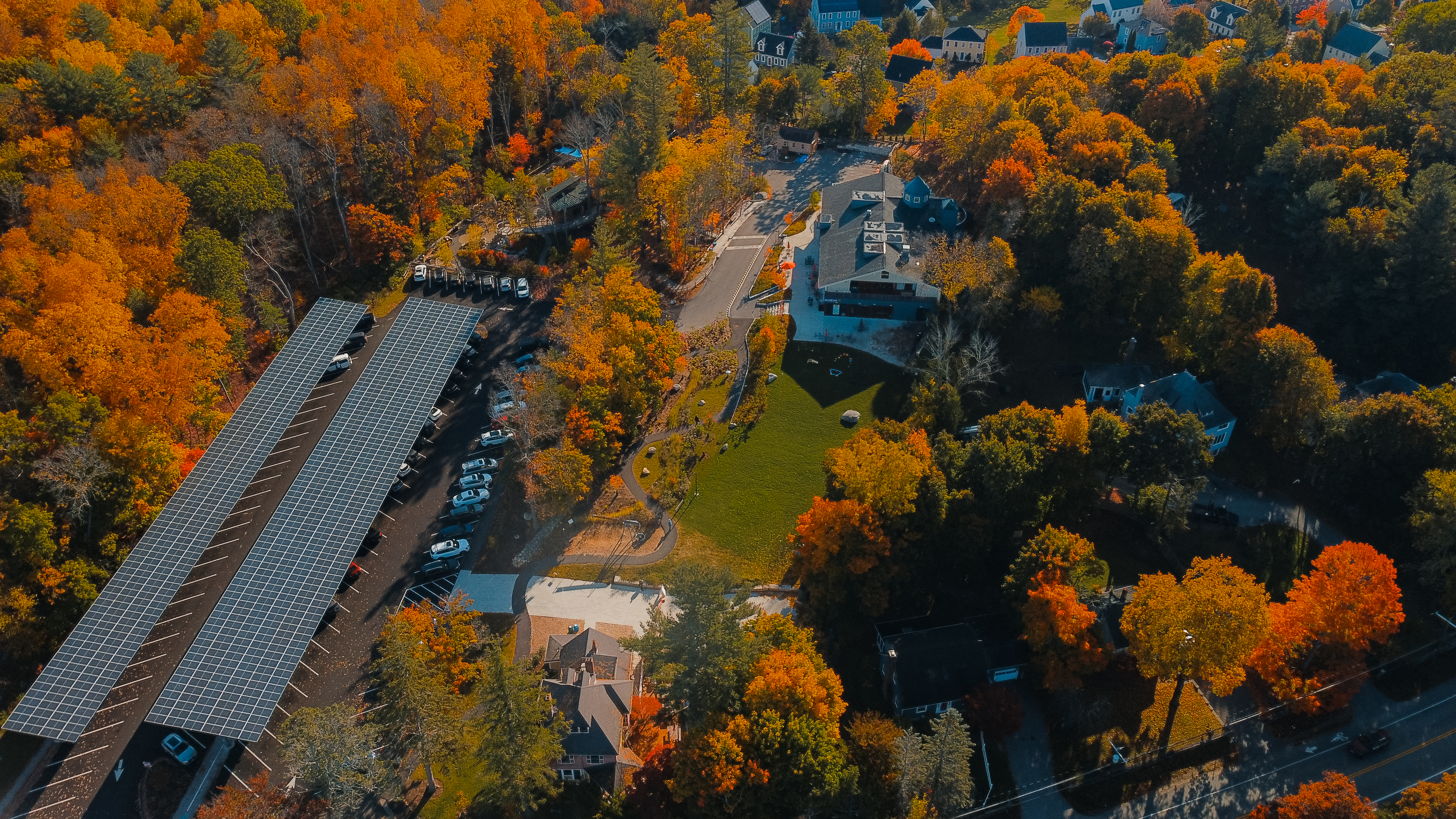
“We hope to set the bar for what museums and other cultural institutions should be looking to do to help combat climate change and educate their communities about planning for sustainable and resilient futures,” said Discovery Museum’s CEO Neil Gordon.
5. A Colorado church expects to save over $230,000 on solar panels and battery storage that will eliminate their energy bill and advance their community stewardship
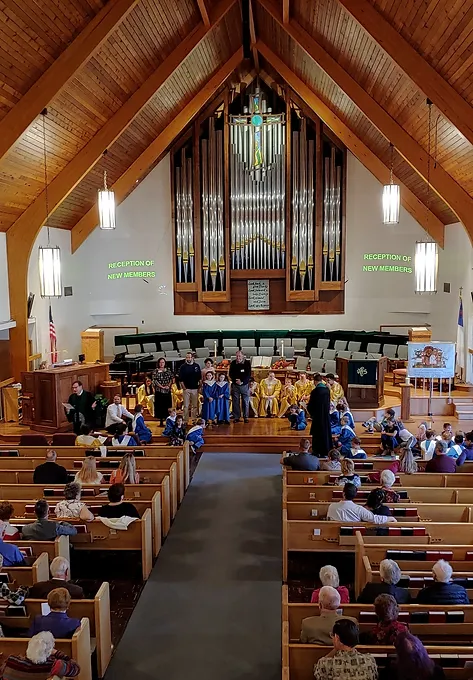
As a community of faith, Reverend Ben Konecny and his congregation, First Congregational Church, UCC in Greeley, felt a calling to be a part of the solution on climate change. “Colorado is blessed by sunlight,” Reverend Ben shared, and thanks to the Inflation Reduction Act and Renewable Energy Credits, the church will save over $230,000 while they convert their house of worship to 100% clean energy.
First Congregational Church credits new ‘direct pay’ benefits from the IRA for unlocking an upfront discount of 30% off their installation costs.
“This project not only helps us live more faithfully into our value of caring for God’s creation,” Reverend Ben added, “but it will also result in our church eventually paying nearly nothing for the energy we use.”
The church expects that their order for 204 solar panels and 12 backup batteries will make a full return on investment in about 10-12 years. The environmental and community benefits, however, will be felt much sooner.
6. The city of Dallas isn’t missing the bus— they’re taking advantage of incentives for electric school buses and driving better health in the community.
America’s fourth-largest metropolitan area, Dallas, TX, was recently selected for a $7.6 million dollar award to upgrade its school bus fleet. The 25 new all-electric buses, will hit the road early next year.
According to the American Lung Association (ALA), Dallas ranked as the 16th worst city for ozone smog pollution in America. Children are particularly at risk from the adverse health impacts of this kind of pollution, including asthma, cardiovascular damage, and developmental harm, that comes from the smog and particle pollution that diesel engines create. ALA’s research shows that transitioning to all electric buses across the country by 2050 could prevent 6,300 premature deaths and 93,000 asthma attacks annually.
This past month, after receiving over 2,000 applications for the Clean School Bus Program, EPA doubled the funding for the program. “With applications flooding the Clean School Bus Program, school districts around the country have spoken: They’re ready to make polluting diesel buses a thing of the past,'' said Sue Gander, director of an electric school bus initiative for the World Resources Institute.
These creative initiatives show us that there’s plenty of reason to be optimistic. Mirroring these types of successful projects can inspire further climate and clean energy action. The next few years will be critical in accelerating momentum and hitting our climate goals.
Fortunately, the transformative paths forward modeled in America Is All In’s new Beyond 50 report showcase how climate action can continue to deliver expanded job opportunities, reduced costs for households and businesses, less pollution, improved health, and a more equitable society.

Latest
More articles >